Biomic Agritech promotes upside-down tomato cultivation
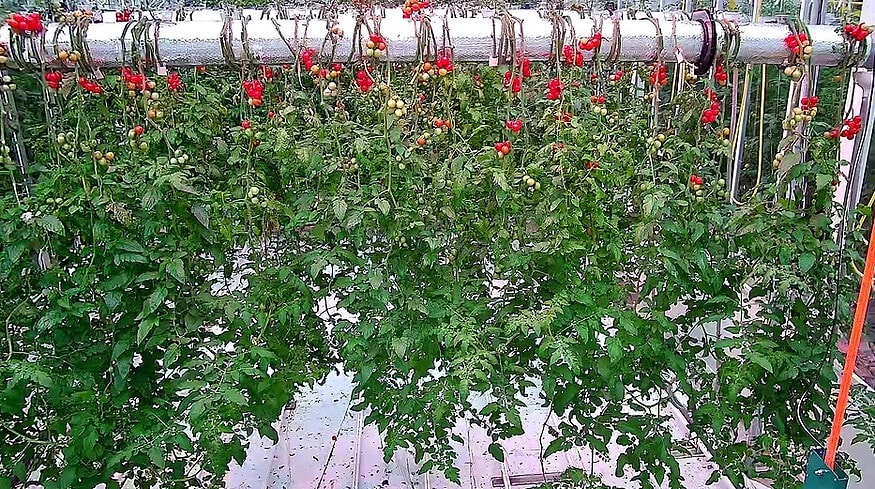
The agricultural community has taken a renewed interest in the upside-down cultivation of tomatoes and cucumbers. On January 5th, the World Horti Center embarked on a fresh cycle of this innovative cultivation technique, initially devised by an Israeli team from Biomic Agritech. This round of experimentation, supervised by Vertify, aims to refine the system following a series of strategic modifications.
This year’s trial has introduced several key changes, notably the selection of the Merlice tomato variety, chosen for its resistance to the Tomato Brown Rugose Fruit Virus (ToBRFV) but with a growth rate more suited to the system’s capacities. Additionally, the cultivation setup has undergone a spatial redesign. The tubes, which house the plants, have been rotated 90 degrees and are now aligned lengthwise within the greenhouse, optimizing space with 8 tubes covering 80 square meters.
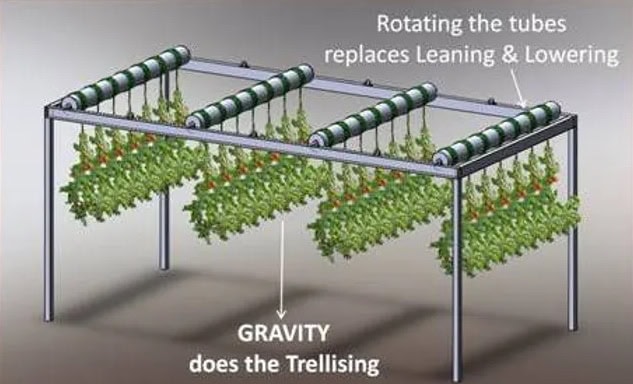
Despite these adjustments, the setup retains its original lighting and heating configurations, mirroring those of traditional cultivation methods. This decision follows feedback from last year’s trial, where the possibility of under-tube lighting and closer heating sources was a topic of interest among visitors.
A focus of this year’s trial is the evaluation of labor savings, a parameter under Vertify’s scrutiny. The goal is to determine whether the upside-down cultivation method can achieve the anticipated labor reduction of up to 50 percent. Eliezer, the visionary behind Biomic Agritech, has previously claimed significant labor savings in all trials conducted by the company, with reductions exceeding one-third.
The adaptability of plants to this unconventional cultivation method was evident in last year’s trial, as observed by Jeroen Sanders of Vertify, who noted the plants’ natural inclination to grow towards sunlight despite the upside-down positioning.
Biomic Agritech’s long-term ambition extends beyond the current trials, with plans to revolutionize the greenhouse industry through full automation within the next two to three years. Their system, distinct from current cultivation practices, is designed to support complete robotization of all farming operations, setting a new standard for agricultural efficiency and innovation.
Enjoyed this story?
Every Monday, our subscribers get their hands on a digest of the most trending agriculture news. You can join them too!











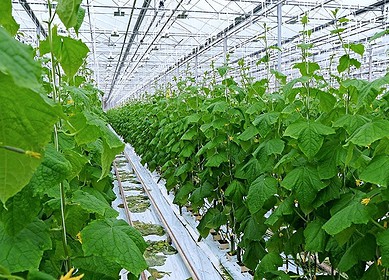
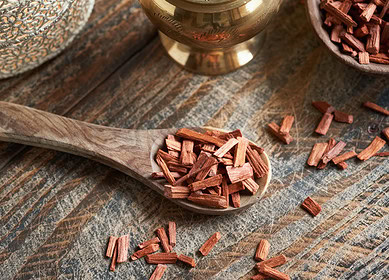
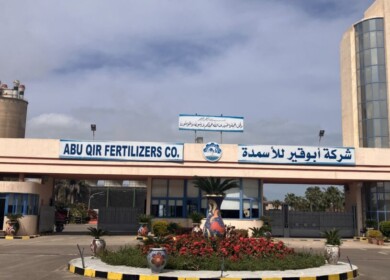

Discussion0 comments